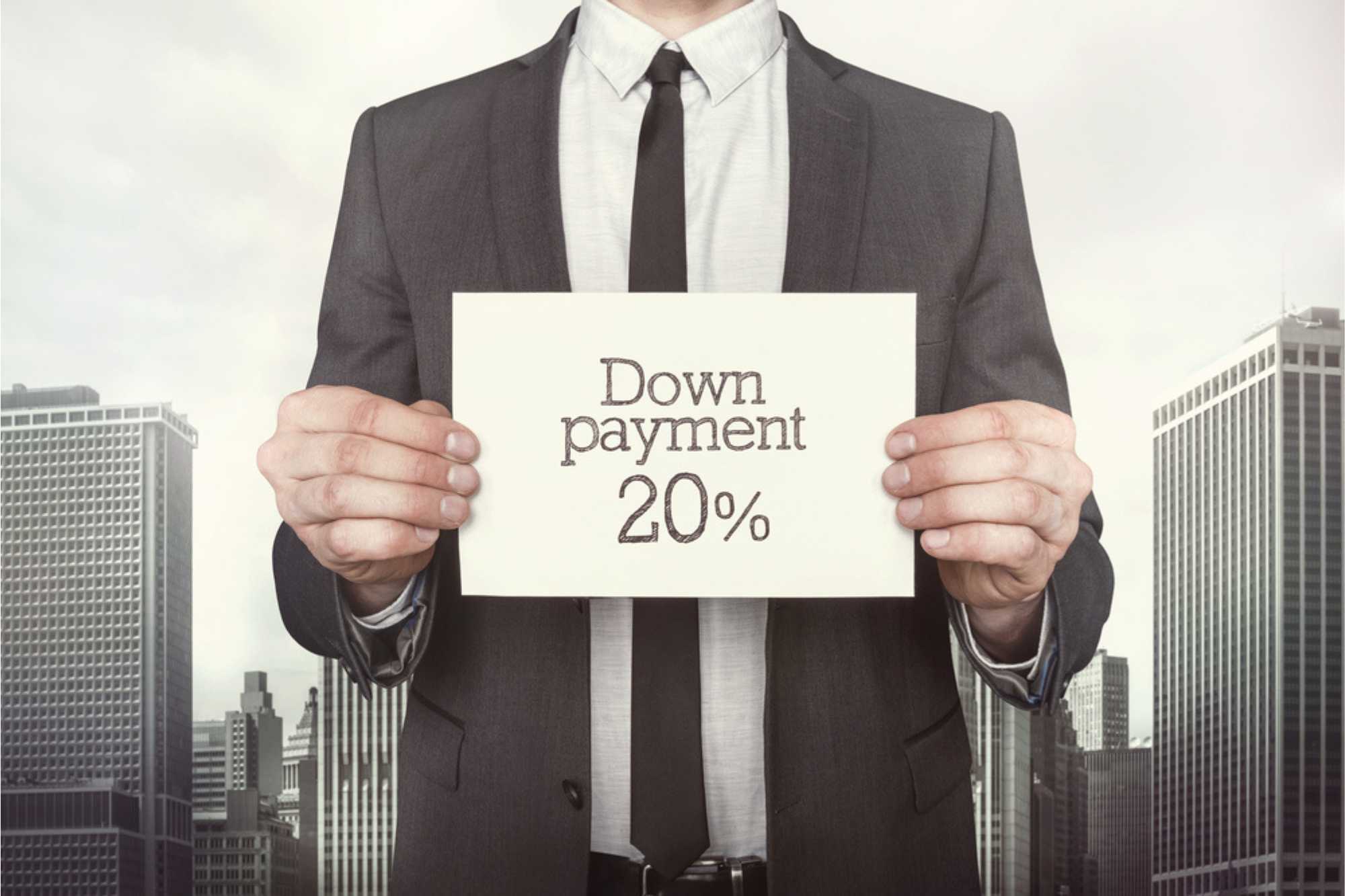
If you’re considering buying a home, you’ve likely heard you need a 20% down payment, but that’s not always the case.
The 20% down payment myth stops many people from buying a home, but many alternatives exist.
Is a 20% down payment nice?
Absolutely, but there are ways to buy a home, putting down as little as 3%.
What Does a 20% Down Payment Do?
Lenders prefer a 20% down payment but don’t require it. When you put down 20%, you have a lot of ‘skin in the game.’ It tells lenders you’re serious about your purchase and plan to make your payments on time.
The 20% equity you have in the home also gives lenders some wiggle room. For example, if you default on your loan, they have a higher chance of selling the house for at least 80% of its value and getting their money back.
In short, the 20% down payment saves you money and protects the lender. In addition, it saves you money by eliminating the need for Private Mortgage Insurance. Lenders may also provide a lower interest rate because your risk of default is lower.
Which Loans Require a 20% Down Payment?
Technically, no loan program requires a 20% down payment. However, conventional loans are the most common program to need a higher down payment. This is because the more money you put down, the less risk the lender takes.
If you put down 20% on any other loan program, you’ll lower your loan amount and potentially your interest rate, but no loan program requires a 20% down payment.
Alternatives to a 20% Down Payment
Fortunately, there are alternatives if you don’t have a 20% down payment. Here’s what to consider.
Conventional Loan with 3% – 5% Down
You can still qualify for a conventional loan without a 20% down payment. First-time homebuyers need at least 3% down, and subsequent homebuyers need a 5% down payment. The tradeoff is you’ll pay Private Mortgage Insurance (PMI) until you pay the balance down to 80% of the home’s value.
PMI increases your monthly mortgage payment because you pay the insurance premiums to protect the lender. However, once you owe less than 80% of the home’s value, you can cancel PMI and decrease your mortgage payment.
FHA Loan
FHA loans are good for borrowers who don’t qualify for conventional financing. They offer flexible underwriting requirements and only require a 3.5% down payment.
Borrowers can qualify with a credit score as low as 580 and a debt-to-income ratio as high as 43%, giving more flexibility than a conventional loan.
FHA loans have downsides, though. For example, you must live in the home full-time and pay mortgage insurance for the loan term.
VA Loan
Veterans and current military members may qualify for a VA loan without a down payment. In addition, the VA loan offers flexible guidelines to help those serving our country own a home much faster.
There’s no limit to how much veterans can borrow as long as they prove they can afford the monthly payments.
USDA Loan
The USDA loan is for low-income families who buy a home in a rural area. You don’t need a down payment like VA loans, and they have flexible underwriting guidelines.
Pros and Cons of Making a 20% Down Payment
Even though a 20% down payment isn’t required for most loan programs, there are reasons to make the larger down payment and reasons not to.
Pros:
- You won’t pay mortgage insurance
- Your mortgage payment will be lower because you will borrow less
- You may secure a lower interest rate because of the loan’s lower risk
Cons:
- It can take longer to save 20% to put down on the home
- You might deplete your savings and not have enough for emergencies
- You tie up all your capital in a house
Final Thoughts
It’s possible to buy a home without a 20% down payment. In fact, you might secure home financing with no money down on it.
However, it’s a good idea to invest as much money as possible into a home to get the best rates and terms. Lenders base your rates and terms on your loan’s riskiness. The higher your risk of default, the more likely you’ll pay a higher interest rate or get attractive terms.
Determine how much you’re comfortable putting down on a home and see which loan program you fit into to help fulfill your homeownership dreams.

 My name is David Rogers, and I’m a licensed realtor who loves to provide high-level service. Please let me know how I can serve you!
My name is David Rogers, and I’m a licensed realtor who loves to provide high-level service. Please let me know how I can serve you!